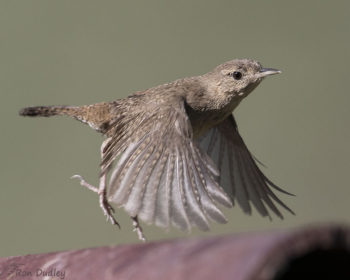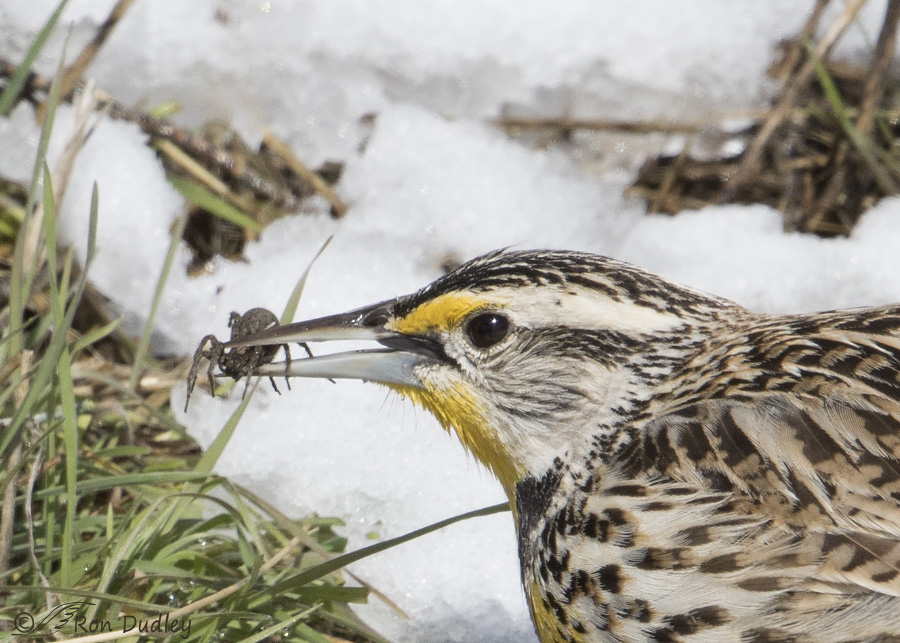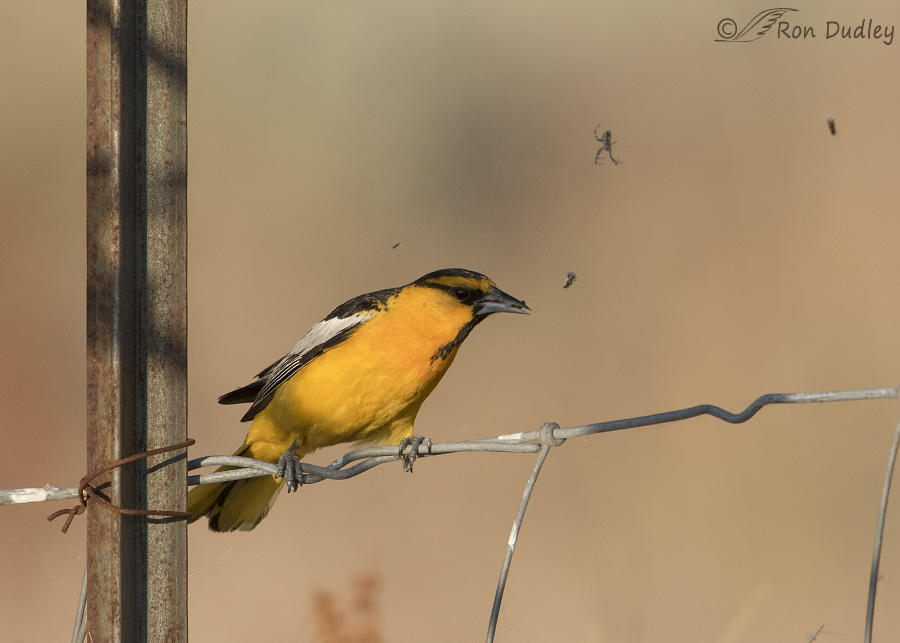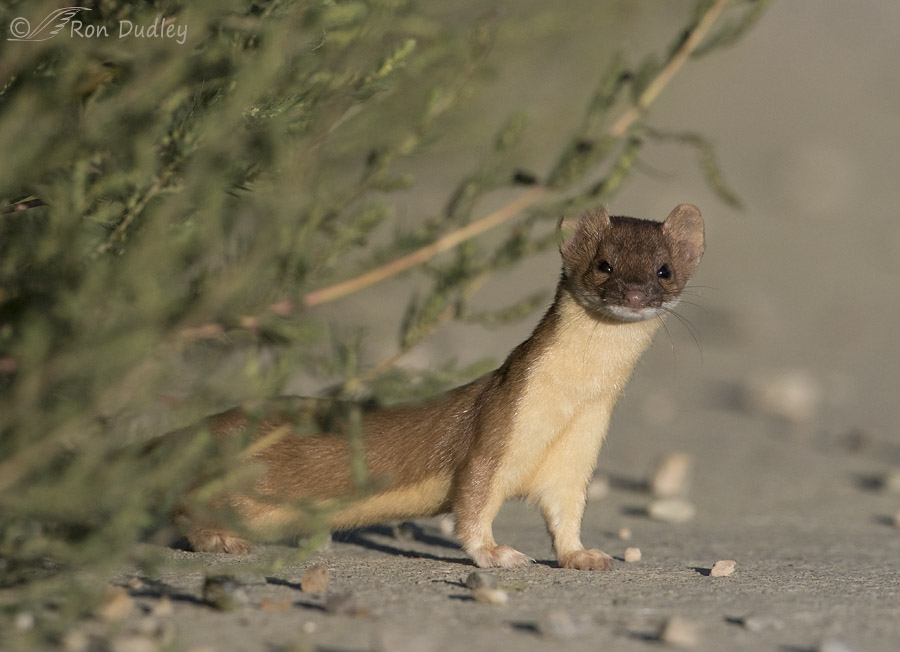Tag: spider
House Wrens At And Near Their Nest
Feet-forward Takeoff From A Loggerhead Shrike
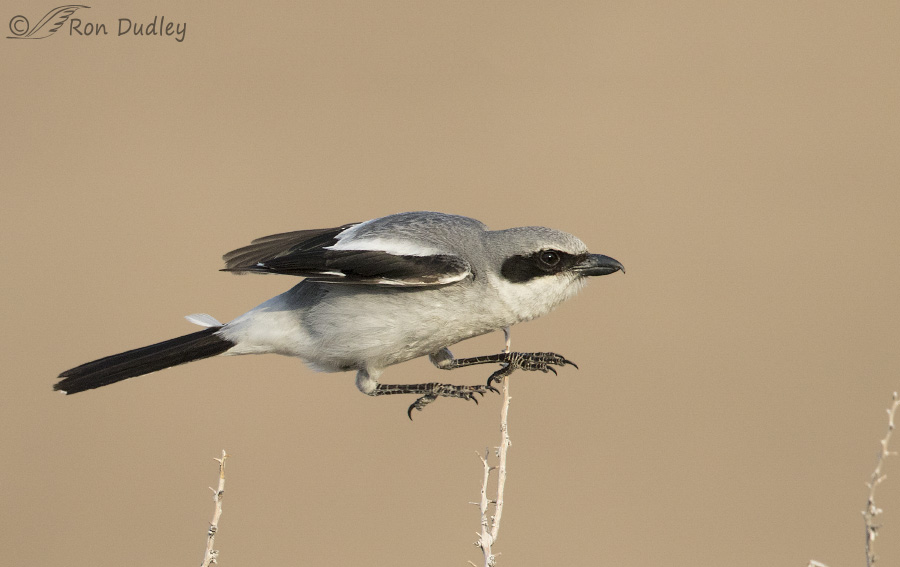
With birds it’s quite often the little things that grab my attention and they don’t come much smaller than this. It was subtle and quick, very quick, but it’s one of the strategies that can make the difference between a meal and going hungry. 1/1600, f/5.6, ISO 1250, Canon 7D Mark II, Canon EF 500mm f/4L IS II USM + EF 1.4 III Extender, not baited, set up or called in Yesterday morning on Antelope Island I caught this Loggerhead Shrike swallowing a spider (the island is absolutely loaded with spiders – the state park actually holds an annual Spider Festival). The shrike hunted from this perch for about 5 minutes – launching after potential prey and then returning to the same hunting platform. When this shot was taken the sun was behind a cloud so I decided to crank up my ISO to get a little more shutter speed for takeoff shots. Even at ISO 1250 I needed more SS than this to get the wings of the incredibly fast bird sharp at takeoff but I was already at a higher ISO than I almost ever go. 1/3200, f/5.6, ISO 1250, Canon 7D Mark II, Canon EF 500mm f/4L IS II USM + EF 1.4 III Extender, not baited, set up or called in Thankfully the sun came out four minutes later and doubled my shutter speed. An instant after this photo was taken the shrike spotted prey (probably an insect or another spider) directly in front of it. In a typical takeoff the shrike would avoid any obstacles by altering its direction of…
Western Meadowlark – They Just Can’t Help But Sing
Bullock’s Oriole Stealing Food From An Unhappy Spider
Some Random, Recent Critters I’ve Photographed
Birds, Spiders, Brine Flies and Mercury Contamination on Antelope Island
Last Sunday I found this Northern Shrike on Antelope Island enthusiastically singing away as if spring were already in full bloom. Their predatory habits and interesting behaviors make them a favorite species for me but when I got home that day I read an article in the Salt Lake Tribune that made me wonder just how healthy their populations near the Great Salt Lake really are. North end of Antelope Island, 2/5/12 The reason for my concern is a bit complex but I’ll summarize: For over 100 years smelting operations have been responsible for high levels of elemental mercury in the Great Salt Lake and its sediments. Microorganisms in the lake convert the mercury to methyl mercury which is the toxic form of the element that can be absorbed by tissues of living things. Brine fly larvae living in the lake then absorb the methyl mercury and when they hatch the adult flies are consumed by spiders living in the vegetation around the lake. Finally, those spiders are eaten by the many bird species living and nesting along the shoreline. But very little is known about the movement of mercury compounds through Great Salt Lake ecosystems, including the possible effects of toxic methyl mercury on birds so Westminster College’s Great Salt Lake Institute was recently awarded a $250,000 grant from the W.M. Keck Foundation to study its possible effects. Antelope Island causeway, 8/29/11 The number and total biomass of brine flies in late summer around the lake literally boggles the mind but this shot should give you some idea. It was taken in late August of…
A Loggerhead Shrike, a Spider and Spit
A few days ago Mia and I found this Loggerhead Shrike sitting prettily on a dried sunflower on Antelope Island. The bird was using the sunflower as a hunting perch. 1/1600, f/8, ISO 500 I’ve always been amazed by the incredible eyesight of many bird species. This shrike somehow spotted a spider crawling through the thick grass about 20 feet away from where it was perched and immediately flew down to grab it. 1/1600, f/7.1, ISO 500 It was a relatively small spider and I have no idea how the shrike was able to see it in all the dense grass. Even though the background is busy here I still liked the shot for the interesting look at both the spider and the tongue of the shrike. It’s my presumption from looking at this photo that the saliva of the shrike is viscous and sticky, enabling the prey to stay attached to the tongue during the very fast process of pulling the spider to the back of the throat with the tongue. 1/1600, f/7.1, ISO 500 A heavily cropped, close-up view of the same image provides a clue. You can see that there’s a sheet of saliva stretched between the bottom of the tongue and the floor of the lower mandible and it does appear to be quite viscous. I had no idea that it would be so “juicy” in there. Nothing earth-shattering here, just some avian trivia in a photo that I found interesting (yes, my interests can be…
Loggerhead Shrike Impaling Prey, revisited
Recently on this blog I posted images of a juvenile Loggerhead Shrike impaling a dragonfly on thorns and said I hoped to get more documentation of the behavior but it would likely have to wait until next years nesting season. I was wrong. I witnessed and photographed this behavior again just three days ago. This time the shrike was also a juvenile but the prey was a large spider. Juvenile shrike with spider What happened after the capture was interesting for me. The bird didn’t simply impale the prey and leave it (as a cache or food store) as might be expected of an adult. Instead, it attempted to impale the spider on different thorns multiple times, like it was practicing – learning how to do it (keep in mind, the bird is a juvenile). In fact, at one point the shrike even seemed to be “studying” its work, as you will see (I’m sure that’s anthropomorphic of me). Sometimes they don’t actually impale the prey, instead they wedge it into crevices or between forked branches/twigs. This shrike tried to do both with the spider. After what I believe was four attempts at impaling/wedging the spider on some thorny branches someone had placed in a campground fire pit, the bird had apparently had enough practice and simply ate the prey in several pieces. Some of the images below aren’t of the best quality but I think they do document what I saw. As far as I could tell, the spider was dead through this whole process. Attempting to impale…



